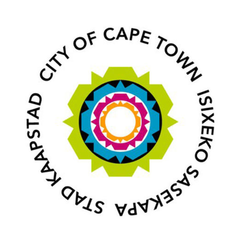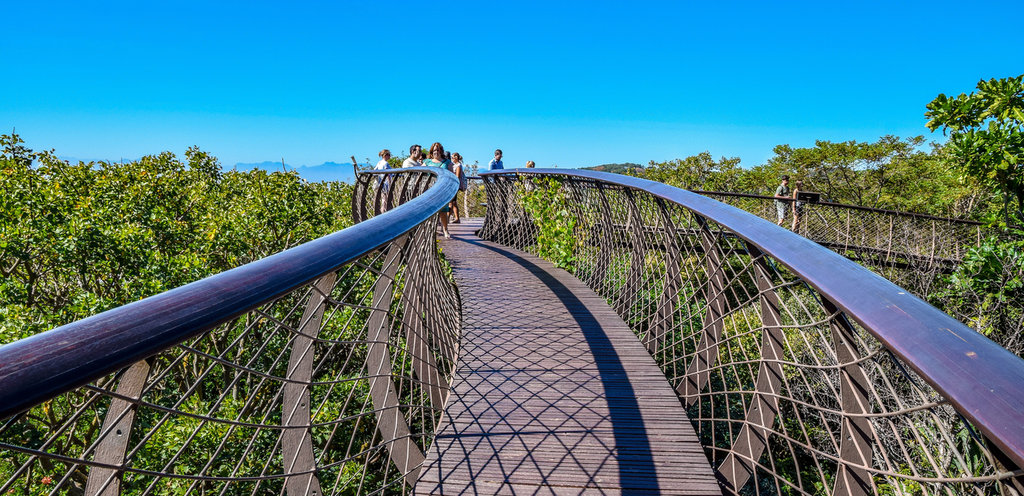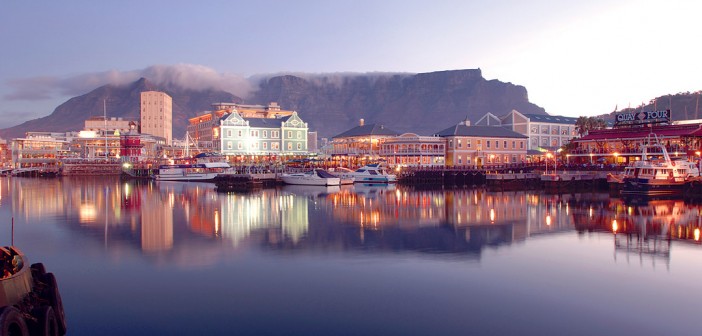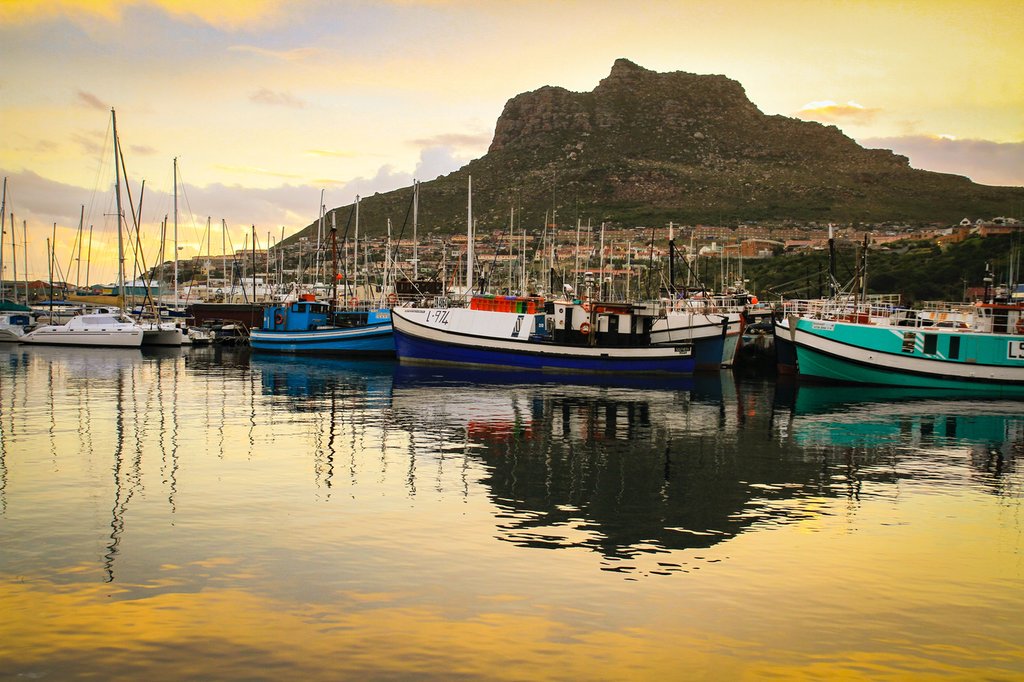
explore the area

cape town
Not only is Cape Town a dream outdoor sports destination, it has also secured its place among the world’s top culinary locations – as well as having a thriving café and street-food culture.
by David Bristow
The Cape of Storms, Cape of Good Hope, Tavern of the Seas, or simply The Cape: since the time Portuguese mariners first laid eyes on Table Mountain and its wide, sweeping bay in the late 1400s, this “fairest Cape in all the circumference of the world” has been gifted many descriptions.
In reality the “table” is only the northern face of a chain that stretches about 80 kilometers south to Cape Point. Given its mountain and marine setting, there is much to do. Hiking and mountaineering are the city’s oldest forms of recreation and remain popular today, with a plethora of trails and routes.
If you are unfamiliar with the place take only those paths that are clearly marked. The two most popular – though neither easy – ways up are Platteklip Gorge on the north face, and Skeleton Gorge starting in Kirstenbosch National Botanical Garden on the eastern slope.

Kirstenbosch Gardens' Boomslang elevated walkway is a year-round crowd pleaser
As you might imagine, the mountain also provides for endless mountain biking. The primary bike “park” is Tokai with a network of jeep tracks, single track and extreme downhill trails. Each section is signed with a technical grading, which should keep you honest and whole. There is a pay point for anyone not carrying a national park’s Activity Card (entry about R90 a day).
The other main riding area, more for endurance than technical prowess, is the north face of the mountain (the City Bowl), below Tafelberg Road on which you’ll find the lower Cableway station. The main entry point is Deer Park, where there is no pay point and parking is not secured. However, it is still part of the Table Mountain National Park where that Activity Card keeps you legal.

The Victoria & Alfred Waterfront, one of Cape Town's gems
Although the familiar visage of Table Mountain has been an icon of hope for travellers over the centuries, the city has become a favoured tourist destination only over the past two decades or so. In this time it has established itself as one of the world’s culinary hot spots. It’s too overwhelming to recommend any one eating place, although there are four recognisable café culture precincts.
The first is the very touristy Victoria and Alfred – V&A – Waterfront with its impressive location. The next is downtown, along the parallel streets of Long, Loop and Bree. On the so-called Atlantic seaboard is Camps Bay, where the cabriolet set props its pointy shoes along this preferred sunset hangout. (Locals call it the Atlantic side, although the Atlantic Ocean engulfs the entire Cape Peninsula.) Finally there is Kalk Bay, about 20km south of town on the False Bay side. This is bo-ho deluxe with collectables stores, coffee stops and cosy restaurants at every step.
The indigenous Khoi people of the Cape had their own name for the place: Hoerrikwaggo, or “mountain of the sea”. It is appropriate at different levels, the most visible being that the rocks were all laid down under the sea. Below are the older, rounded grey forms of Cape Granite (about 600-million years old), and above that the brownish, horizontal layers of Table Mountain Sandstone (about 350-million years old).
The indigenous Khoi people of the Cape had their own name for the place: Hoerrikwaggo, or "mountain of the sea".

Penguins can be found on a few of the beaches around Cape Town, especially Boulders Beach
The climate and vegetation here is Mediterranean making it (like the actual Med, southern California and Western Australia) vulnerable to wild fires during the long, hot, dry, windy summers. The “fynbos” vegetation here burns like tinder, giving the place another moniker: Fire Mountain. In April (2012) a fire caused the massive damage you could still see around Devil’s Peak and was exasperated by another huge blaze, once again in April, this year (2021). Not a complete disaster as there are a large number of fynbos species that will germinate after the fires and once again clad the wonderful flat top mountain in nature’s beauty.
What you do and where you do it depends very much on the wind direction and strength: the place could be called “the windy city”, but that name was already taken. One thing the prevailing winds do is control sea temperatures. Summer temperatures in False Bay might breach 20°C; however, on the west side, through a process known as upwelling, the water could be toe-curling 12, 11, 10 … or less after a strong blow from the southeaster.

Hout Bay harbour is always a fun family outing
Photos courtesy: Cape Town Tourism; Tourism South Africa; Tobias Reich; Tom Podmore; Casey Allen & Mick Haupt on Unsplash